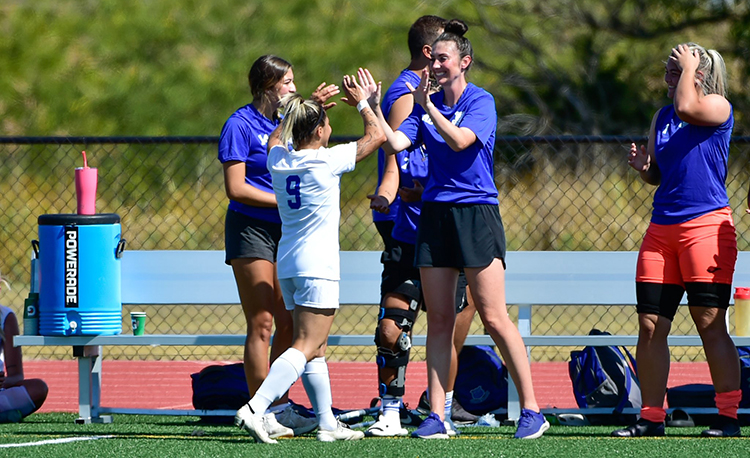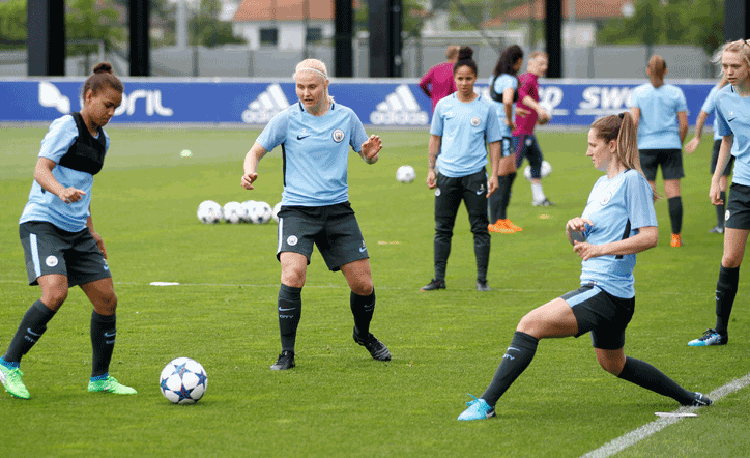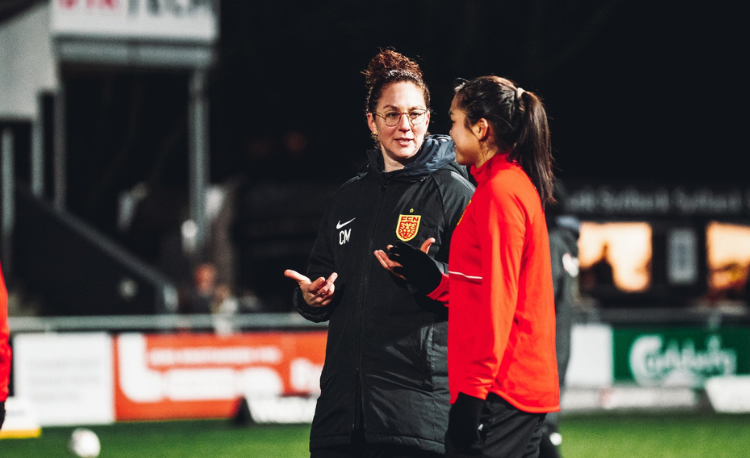You are viewing
1 of your 3 free articles
Reap the rewards of positive messaging
Reward certain behaviours among your soccer players, and they will be repeated
Most people view the role of a coach as the person to help ‘fix’ or ‘refine’ a player’s technical or tactical output.
However, what if we worried less about what they are doing wrong and focused on what they are doing right? We could celebrate players’ success by catching them ‘in’, as opposed to catching them ‘out’.
Positive reinforcement is used in many elements of life. The idea of recognising and rewarding certain behaviours in order to attain positive outcomes is one most are familiar with. So why do so few of us use it when we are coaching?
Reflecting upon my own coaching style and approach after the 2021-22 season, I discovered the benefit of this technique and questioned why I hadn’t put more emphasis on it before.
Catching players ‘in’ is essentially positive reinforcement, a concept first introduced by behavioural psychologist B.F. Skinner.
As part of his work, he introduced the theory of positive stimuli after a performance to encourage or change a pre-existing behaviour.
He identified four types of stimuli which can be used as positive reinforcers: natural, tangible, social and token. Soccer-specific examples are as follows:
Natural: An outcome that occurs directly as a result of a behaviour or skill - e.g. a player is brave and takes a shot on their ‘weaker’ foot, scoring a goal.
Tangible: Physical rewards for a behaviour, such as a ‘player of the season’ trophy.
Social: The use of verbal praise, either to an individual or a group of players - e.g. “That was good use of your body there to shield the ball, well done”.
Token: The award of tokens or points for a certain behaviour or outcome, which is then put towards an overall prize - e.g. each time a player scores with a first-time finish in a session, they are awarded two goals.
As you learn more about what makes your players tick, you can understand which types of enforcers they will respond best to.
Everyone is different, of course - some may love being highlighted verbally as doing well, but some may feel embarrassed by being singled out. Therefore it is vital that you have a clear understanding of your players and what they would benefit from.
"Four stimuli can act as positive reinforcers: natural, tangible, social and token..."
The proportion in which catching players ‘in’ and ‘out’ is used may vary depending on the group age, ability and gender, as well as the level you are working at.
But, when used in the correct way, this technique is a great method for coaches to encourage certain behaviours across all elements of the Football Association’s four-corner model (technical, physical, social and psychological) as well as creating an environment where players can develop through positive enforcement - or ‘catching in’.
As a coach, I believe that maintaining a level of fluidity and a willingness to meet the demands of the players in front of you will result in improved performances all round.
You need to find the balance between catching players ‘in’ and ‘out’. There are benefits to both - and, when used together as a combined method of delivery, getting the most out of your players is more achievable.
Related Files
Newsletter Sign Up
Newsletter Sign Up
Discover the simple way to become a more effective, more successful soccer coach
In a recent survey 89% of subscribers said Women's Soccer Coaching makes them more confident, 91% said Women's Soccer Coaching makes them a more effective coach and 93% said Women's Soccer Coaching makes them more inspired.
*includes 3 coaching manuals
Get Inspired
All the latest techniques and approaches
Women's Soccer Coaching offers proven and easy to use soccer drills, coaching sessions, practice plans, small-sided games, warm-ups, training tips and advice.
We've been at the cutting edge of soccer coaching since we launched Soccer Coach Weekly in 2007, creating resources for the grassroots youth coach, following best practice from around the world and insights from the professional game.











